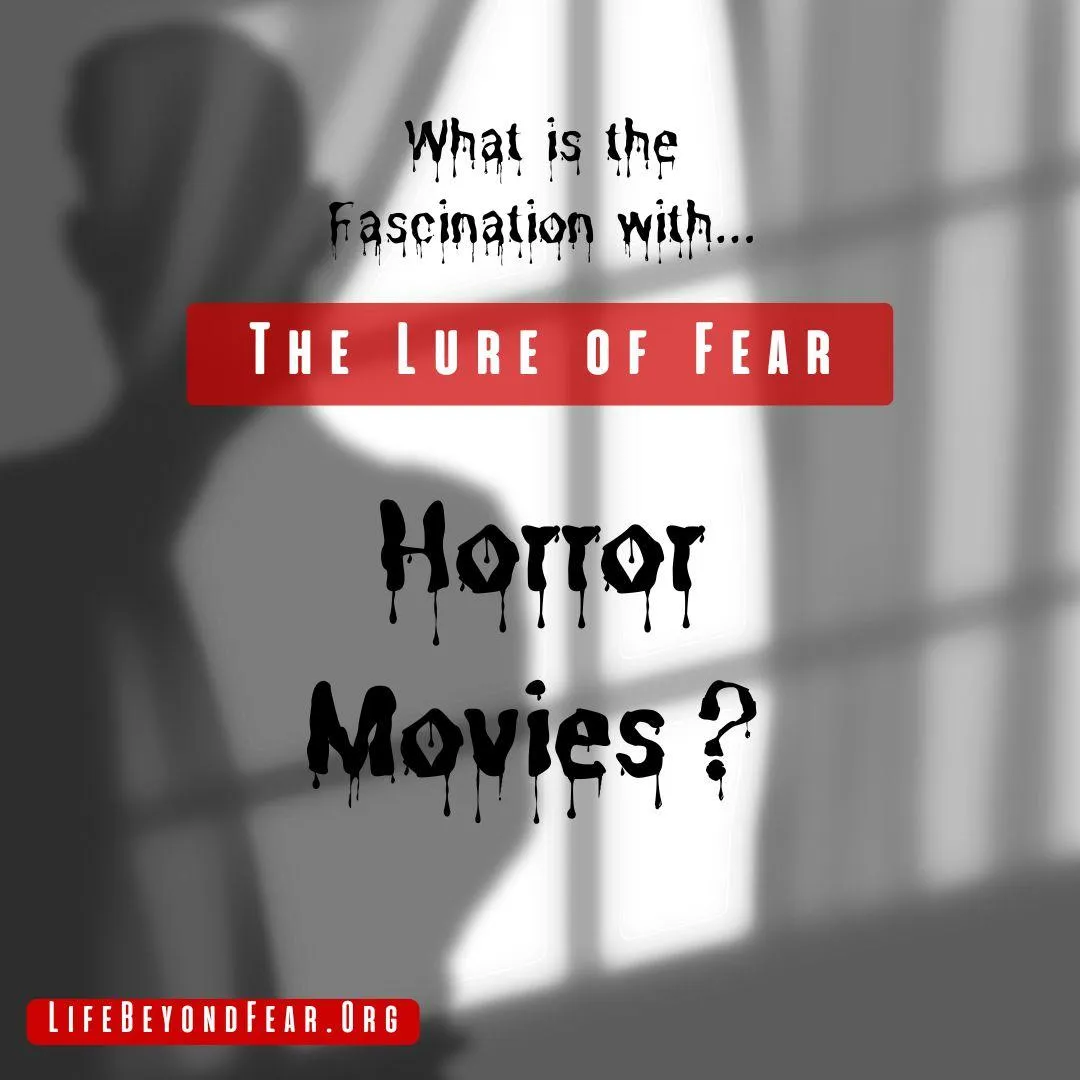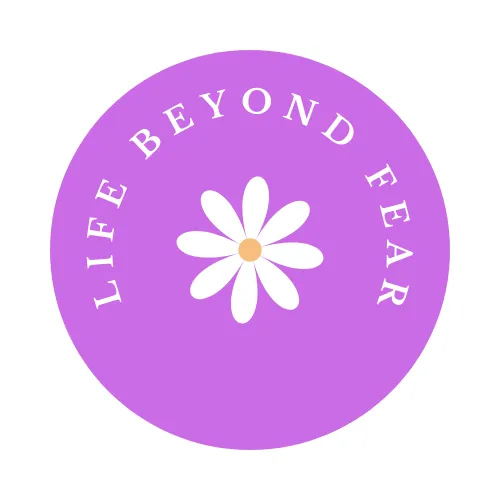There’s a whole world out there
See Newest Blogs

The Lure of Fear
The Lure of Fear: Unravelling the Fascination with Horror and Thriller Movies
Do you find yourself glued to the screen, heart pounding, as the suspense builds in a horror movie?
Ever wondered why we gravitate toward stories that mimic our deepest fears?
This fascination might tell us more about the human psyche and our responses to stress, fear, and excitement than we realise.

The Thrill of the Chase: Why We Crave Frightening Films
The thrill of horror movies is deeply rooted in our biology. When we watch these films, our brains don't necessarily distinguish between what is fictitious and what is real. This leads to an activation of our stress response, which is governed by the central nervous system. By simulating a fight-or-flight state, thrillers provide a safe environment to experience fear and excitement.
The Role of the Central Nervous System
When we watch horror, our central nervous system responds by releasing adrenaline and triggering increased heart rates, rapid breathing, and heightened senses. This physical arousal can mirror the experience of real fear, yet with the understanding that we are in no real danger. For some, the heightened arousal is exhilarating, granting a rush akin to riding a roller coaster.
A Reflection of Inner Chaos?
There's a theory suggesting that an attraction to horror could be linked to a dysregulated central nervous system. For individuals who grew up with unpredictable environments, the chaos of horror genre films may echo familiar patterns, creating a sense of recognition. This connection may mimic previous traumas or elicit feelings of control over fear.
The Psychology of Relief
The cathartic release experienced at the end of a horror movie can be likened to relief from fear. It reaffirms our safety, allowing us an emotional release from the intense buildup of tension. This cycle of fear and relief can be addictive, offering a temporary resolution to stress.
Brain Areas in Play
Horror movies engage several brain regions, including the amygdala, which processes emotions like fear, and the prefrontal cortex, which is involved in decision-making and moderating social behaviour. This interplay between brain regions can lead to the conflicting sensations of fear and delight.
Cultivating Compassion for Ourselves
Recognising that our attraction to horror may be a form of processing chaos and uncertainty is crucial. By showing compassion to the part of ourselves that seeks these experiences, we can begin to understand and nurture our emotions rather than judge them. This curiosity and self-compassion can lead to deeper emotional insight and healing.
What Does It Reveal About Us?
Ultimately, our love for horror films might reveal a readiness to confront fears in a safe environment, or it may indicate a desire for emotional release and catharsis. It is an opportunity to explore our own boundaries of fear and safety, and reflect on our personal narratives.
Every individual's reason for engaging with horror media is unique. It might be worth asking ourselves: What do these thrilling experiences offer us, and how can we ensure they serve us positively?
Reflection
How do you perceive your personal relationship with fear, and in what ways do you think engaging with horror and thriller movies modifies or mirrors this relationship?
Considering the idea that watching horror movies might offer a form of emotional release or catharsis, how can this understanding help you cultivate compassion towards yourself and others who enjoy these genres?

Copyright ©LifeBeyondFear.Org. All Rights Reserved.
Unlock the secrets to improving relationships at work, at home, and most importantly, with yourself. Discover the transformative power of meaningful connections and self-understanding.
